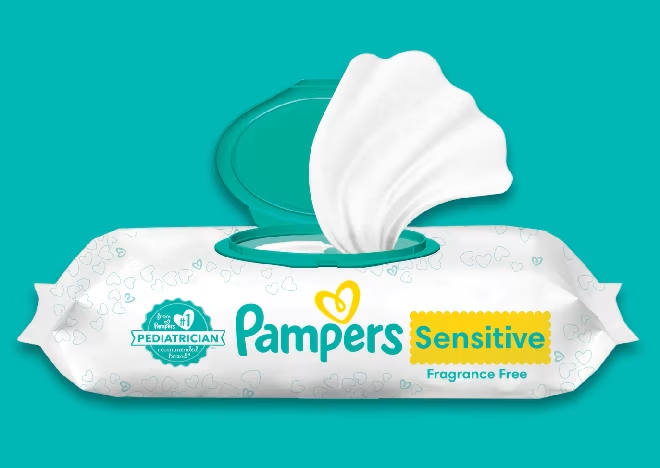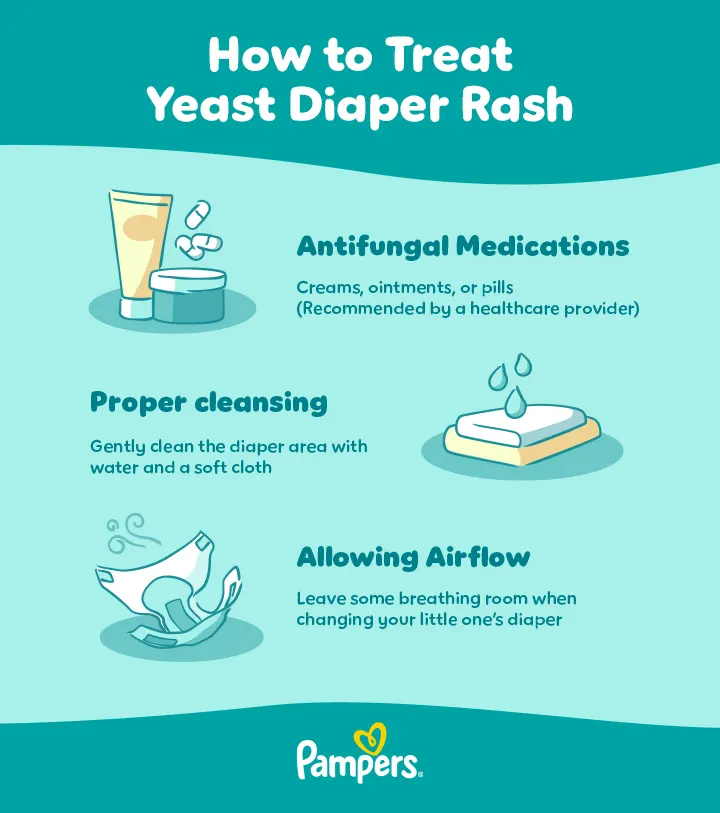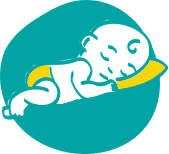Yeast Diaper Rash: Causes, Treatment & Prevention Guide
Seeing a rash in your baby’s diaper area can be worrying, especially when it doesn’t seem to go away with regular care. In some cases, what appears to be a typical diaper rash may be a yeast diaper rash, which tends to be more stubborn and may need specific treatment to heal.
Caused by a fungus called candida, this kind of rash thrives in warm, damp areas—like your baby’s diaper region. Understanding the difference between a regular diaper rash versus a yeast infection can help you manage it effectively and keep your baby comfortable.
What Is a Yeast Diaper Rash?
Noticing a rash that isn’t clearing up in your baby’s diaper area? It may be more than just a typical irritation. A yeast diaper rash develops when a naturally occurring fungus called candida grows too much in warm, moist places—like your baby’s diaper region.
This kind of rash tends to look different from a regular one. It often appears as bright red or darkened patches, depending on your little one’s skin colour, with slightly raised edges or small bumps that may spread into surrounding skin folds. Compared to a regular diaper rash, a yeast infection rash can be more persistent and might take longer to heal without targeted treatment. Spotting the signs early could help you get the right care and bring your baby relief sooner.
Diaper Rash Vs Yeast Infection
Understanding the difference between a diaper rash vs yeast infection is key to finding the right treatment for your baby. A regular diaper rash is usually caused by irritation from moisture, friction, or sensitivity to certain products. This type of rash is typically pink or red and may often be managed with frequent diaper changes and gentle care.
For a deeper insight, check out our article on how to prepare and protect your baby from regular diaper rashes.
A yeast diaper rash, however, is caused by an overgrowth of the fungus candida. This rash is more intense, with bright patches that may have raised edges or small bumps, often appearing in the skin folds. Unlike a regular diaper rash, a yeast rash doesn’t improve with standard diaper creams and may persist or worsen without proper treatment.
To differentiate between a diaper rash vs yeast rash, look for signs like a more vivid red colour, defined borders, and clusters of spots. If you suspect a yeast infection, it’s important to consult your baby’s healthcare provider for appropriate treatment.
Recognizing the signs of a yeast diaper rash or candida dermatitis early on your baby may help you provide the right care and bring relief to your little one.
Diaper Rash | Yeast Diaper Rash (Candida Dermatitis) | |
Cause | Irritation from moisture, friction, or sensitivity to products. | Overgrowth of the candida fungus. |
Appearance | Pink or brown patches, mildly irritated skin. | Bright, inflamed patches with sharp edges; may have bumps. |
Location | Primarily on areas directly exposed to the diaper. | Often found in skin folds (groin, thighs), where moisture is trapped. |
Response to Treatment | Improves with standard diaper creams and more frequent diaper changes. | Does not improve with standard treatments; may worsen without antifungal care. |
Progression | Clears up within a few days with proper care. | May persist or spread if not treated appropriately. |
What Causes Yeast Diaper Rash?
The primary cause is candida overgrowth, which thrives in warm, moist environments like a baby's diaper area. While this fungus naturally exists on our skin, certain conditions may lead to it multiplying and causing an infection.
One of the most common triggers is leaving a wet or soiled diaper on for too long, allowing moisture to build up. Additionally, babies who are taking antibiotics—or whose breastfeeding parent is on antibiotics—may be more prone to developing yeast diaper rashes, as these medications may disrupt the natural balance of bacteria and yeast in the body.
Other contributing factors include increased amounts of stool and a lack of cleansing and dryness, which can trap moisture and cause friction, allowing yeast to flourish. Recognizing these causes may help you prevent future instances of an infant’s yeast diaper rash and provide relief for your baby sooner.
Yeast Diaper Rash Treatment
When dealing with a yeast diaper rash, it’s important to take a targeted approach that addresses the fungal infection and soothes your baby’s skin. Yeast diaper rash treatment strategies include keeping the area dry, frequent diaper changes, and using antifungal creams recommended by your little one’s healthcare provider. Let’s break down these options so you know what to expect:
Antifungal medications. Creams, ointments, or pills. These are the most recommended treatments for yeast infections, designed to stop the growth of candida.
Proper cleansing. Gently cleaning the diaper area with water and a soft cloth, avoiding alcohol or fragrance wipes, helps minimize irritation.
Allowing airflow. Leave some breathing room when changing your little one’s diaper so their skin doesn’t rub against it so often. Learn your baby’s perfect fit with our Diaper Size and Weight Chart Guide.
For more severe or persistent cases, specific creams may be necessary, which brings us to the next section.
Yeast Diaper Rash Cream
If your baby’s diaper rash is more severe or caused by a yeast infection, it’s important to consult your baby’s healthcare provider before choosing a treatment. They may recommend products tailored to your baby’s needs and help determine the most effective approach to healing a yeast diaper rash.
The following creams are commonly suggested to manage yeast infection diaper rash:
Antifungal Diaper Creams. Creams containing ingredients like clotrimazole, or miconazole are often used to target yeast infections.
Hydrocortisone Creams. In cases of severe inflammation, a gentle steroid cream may be prescribed to help reduce redness and discomfort
Barrier Creams. Zinc oxide-based creams help create a protective layer to prevent further irritation while the skin heals.
FAQS AT A GLANCE
After starting antifungal treatment, a yeast diaper rash may begin improving within three days. Full healing might take 2 to 3 weeks. Follow your healthcare provider’s plan completely, even if symptoms fade sooner, to prevent a yeast infection diaper rash from returning.
The Bottom Line
A persistent rash in your baby’s diaper area can be uncomfortable, but recognizing the signs of a yeast diaper rash early may help you manage it more effectively. Understanding the difference between diaper rash verse yeast infection allows you to choose the right care and provide relief.
Frequent diaper changes, gentle cleansing, and using barrier creams may help prevent future outbreaks of an infant yeast diaper rash. If standard treatments aren’t working, consult your baby’s healthcare provider for further advice.
For ongoing savings on baby essentials, explore the Pampers Rewards App for exclusive discounts and digital offers
How We Wrote This Article The information in this article is based on expert advice found in trusted medical and government sources, such as the American Academy of Pediatrics and the American College of Obstetricians and Gynecologists. You can find a full list of sources used for this article below. The content on this page should not replace professional medical advice. Always consult medical professionals for full diagnosis and treatment.
Join a World of Support






